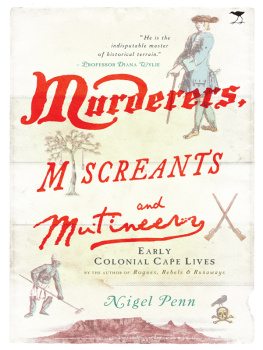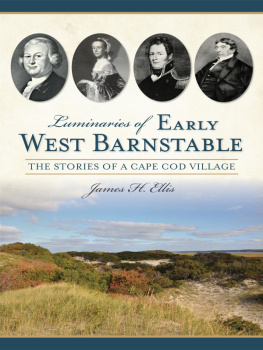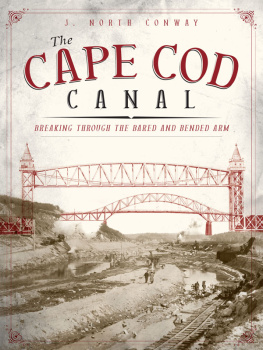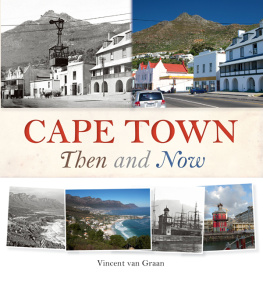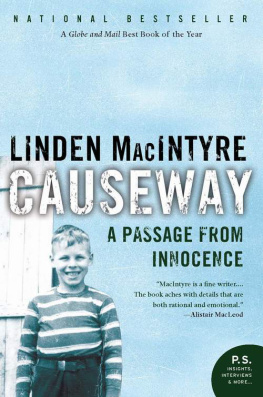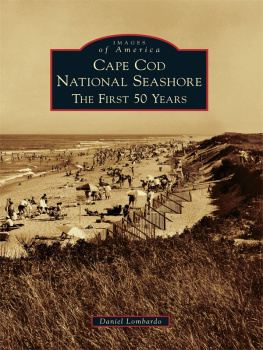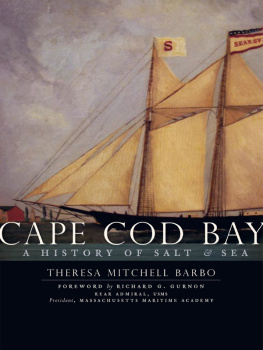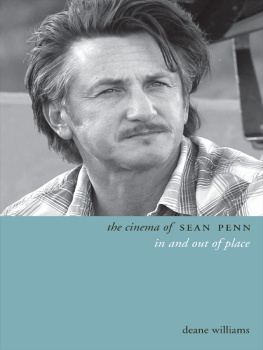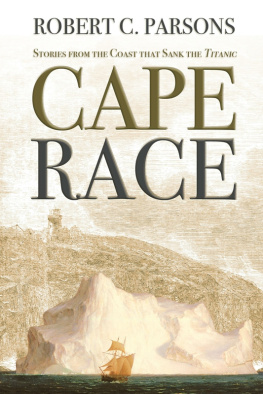All rights reserved.
INTRODUCTION
I N MANY WAYS THIS BOOK is a successor to my earlier volume, Rogues, Rebels and Runaways . Like Rogues, Rebels and Runaways , the essays in Murderers, Miscreants and Mutineers are the fruit of occasional excursions into the records of the Cape Archives Depot, though they are not exclusively inspired, as was the first book, by the criminal records of the Dutch East India Company (VOC). Missionary records, it transpires, are an equally rich source of diverting material, as are the court records of the early British Cape colony.
When I wrote the introduction to Rogues, Rebels and Runaways in 1999, I felt it was necessary to defend the use of narrative and to justify the employment of the techniques of microhistory in the writing of history. I no longer feel it is necessary to defend these practices, for it has become academically acceptable for historians to embrace the cultural and literary turn and to believe that detailed storytelling enhances, rather than detracts from, the attempt to write truly about the past.
A possible, or plausible, subtitle for this collection of true stories might have been Sex and Violence in Early Cape Society, since the chapters here are largely concerned with sex and violence, or at least with intimate relationships and violent death. Though W.B. Yeats believed sex and the dead to be the only two topics that can be of the least interest to a serious and studious mood, it may be that not everyone is in a serious mood and may wish to know what other advantages an inquiry into sex and death in the early Cape can provide.
An increasing body of historical work is drawing attention to the fact that Cape society was a hierarchical one and that divisions frequently coincided with, or were complicated by, racial and status divisions. Status and hierarchy, in turn, had boundaries that were protected by honour. Thus any behaviour that threatened a persons hierarchy or status was, at the same time, a threat to their honour and called for an immediate and often violent response. What was true of individual honour was even more true of the government, which sought to defend its dignity with harsh laws and attempted to enhance its authority by monopolising violence, encouraging aggrieved individuals to go to the law rather than taking justice, or revenge, into their own hands.
In a racially diverse, hierarchical slave society like the Cape, honour and status were closely related to marriage and sexuality. In certain circumstances marriage and sexual relationships could be considered dishonourable, especially if sexual relations occurred across racial or status divides. These essays hope to illuminate examples of both deviancy and intimacy.
The Company, for instance, was very concerned with the conduct of white women. So too was Cape society at large. While social capital, honour and reputation were very important for men, they could at least defend their honour by violence or through the law. A womans honour was, however, far more fragile, being, above all else, a matter of having a virtuous sexual reputation. This is why the case of Maria Mouton, in was killed. The court proceedings suggest that her actions had, in a sense, polluted the entire colony and her execution, through garrotting, included her face being blackened by a burning brand a reference to both her shame as a racial transgressor and the fact that in an earlier age she would have been burnt alive.
Not surprisingly, in a society where racially based slavery underpinned everyday life, the slave owners were especially concerned to prevent sexual intercourse between slaves and their owners. Maria Moutons act of consensual sex with a slave was shocking, but rare, for white women did not often willingly court the loss of honour and status associated with interracial sex or sex with slaves. White men who slept with slave women were not treated as severely, but there was little honour to be found in extramarital affairs that were of a covert or illicit nature. discusses this question. Even though rape must have taken place, its almost total invisibility in the court records suggests that it was difficult, or impossible, or perhaps too shameful for abused women to accuse their violators. Significantly, there was an exaggerated fear among whites that male slaves or Khoikhoi men might rape white women, but such cases were infrequent and, when they occurred, punished with extraordinary ferocity.
Over time, polite society in the Cape grew increasingly conscious of the racial descent and legitimacy of its members. Those worthy of honour were increasingly those free from the signs of miscegenation or slave heritage. Generations of Cape historians have tried to show how seldom whites married Khoisan partners and how marriage to an enslaved person, or between enslaved persons, was considered illegal. Freed slaves sometimes married free people, but such unions became less frequent as the colony matured, and mixed-race families were, more often than not, to be found on the frontier districts, away from Company authority and the social pretensions of the Cape gentry.
This was the situation inherited by the British government at the Cape at the beginning of the 19th century. These authorities inched towards creating a society of greater religious tolerance and increased protection for all, whether slave or free, under the rule of law. The new British rulers regarded themselves as being more humanitarian than their Dutch predecessors and allowed missionaries to operate among the indigenous and slave communities of the colony so as to promote Christianity. One of the most important issues facing missionaries and their new converts was that of racial and religious equality. Were all truly equal in the eyes of God? A litmus test of the limits of this equality was provided by attitudes towards marriage and sexual intimacy. This is one of the major themes of indicates, the hypocritical behaviour of the missionary Johannes Seidenfaden and the special synod that investigated the sins of the missionaries are important moments in the history of sexuality at the Cape, for they lay bare the deep-rooted prejudices of colonial society while suggesting that there were, nonetheless, people who rejected such conventions.
British rule also brought with it a change in government attitudes towards frontier violence. Whereas the VOC had been content to allow colonists to keep law and order on the frontiers through the agency of civilian commandos, the British now sought to curb commando activity and impose government authority. The British intervened on the colonys eastern frontier, on the colonists behalf, by sending troops to expel the Xhosa from the Zuurveld and to police the frontier. the colony, violence committed by colonists against slaves and Khoikhoi labourers on the farms?
The slave trade was abolished throughout the British Empire in 1807 and slavery itself in 1834. The story of abolition is not, however, central to the themes of this book. Here we are more concerned with British attempts to ameliorate the conditions of Khoikhoi labourers. The status of the Khoikhoi initially remained ambiguous, somewhere between freedom and slavery. In 1809 the Caledon Code gave the Khoikhoi legal protection against abuse in the workplace but confirmed their status as serf-like workers who were obliged to carry passes. Only in 1828, with the passage of Ordinance 50, were Khoikhoi granted the same rights as other free subjects, suggesting that the Caledon Code had been, primarily, an oppressive or cynical piece of legislation. But an incident in the Onder Bokkeveld district in 1812, described in , suggests that the Caledon Code was not simply an empty letter and that it had helped to protect the Khoikhoi from the vagaries of colonial frontier justice and arbitrary murder.

